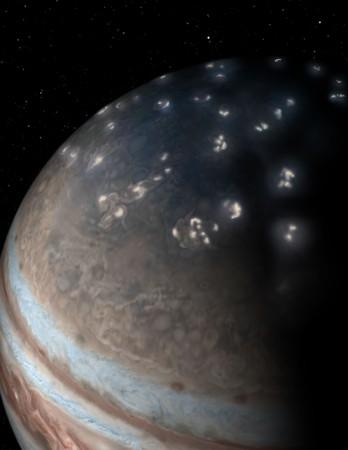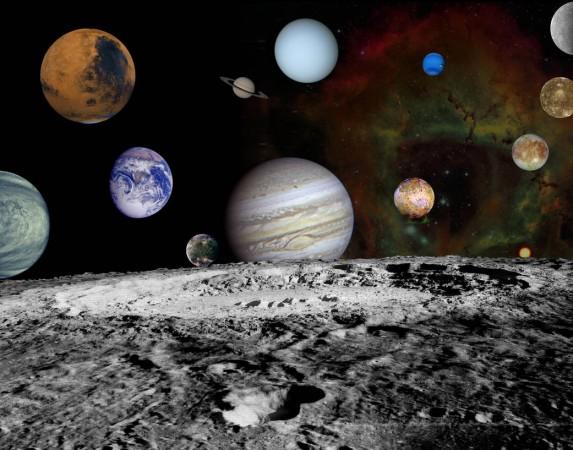
Earth is a strange planet when compared to its neighbours in the Solar System and Jupiter could be responsible for its uniqueness.
In the early days of the star system, Jupiter acted like a wrecking ball, wiping out everything in its path, says the Grand Tack Hypothesis.
Researchers have analysed thousands of planetary systems, but the solar system still stands out vastly different from others.
The solar system has a symmetric arrangement of planets with four rocky, terrestrial planets on the inside (Mercury, Venus, Earth, Mars) and four gas giants on the outside (Jupiter, Saturn, Uranus, Neptune), both divided by an asteroid belt.
This arrangement is rather strange because, in most other star systems, the gas giants are much closer to the host star, close enough to have vaporised heavy metals in the atmosphere. So far, astronomers have studied more than 3,000 exoplanets, notes a report by Seeker.
In a typical multi-planetary star system, there is normally a set of super-Earths— planets that are larger than the Earth but smaller than gas giants—which tend to be similar in size, evenly spaced orbits, and are located much closer to their stars.

Nobody knows why the Solar System is arranged the way it is. One explanation is that the earliest planets in the solar system began moving closer to the Sun. Jupiter, then a young planet started moving inward. This inward drift is called the Grand Tack and Jupiter's gravitational pull forced planet orbits to overlap and lead to catastrophic collisions.
When this happened, a few pieces of planets were sent hurtling into the Sun. Just then, as Saturn started to take shape, Jupiter was pulled back by Saturn's gravity and locked into its current orbit.
What remained of these planetary collisions then clumped together and formed the second generation of terrestrial planets that make up the inner group. This explanation makes sense when seeing how the inner planets are so disproportionately smaller than typical Super-Earths as well as the neighbouring gas giants.
The Grand Tack's retreat could explain the prevalence of water on Earth, notes the report. It could have shot water-rich asteroids toward Earth from the icy beyond, kick-starting life here.

















